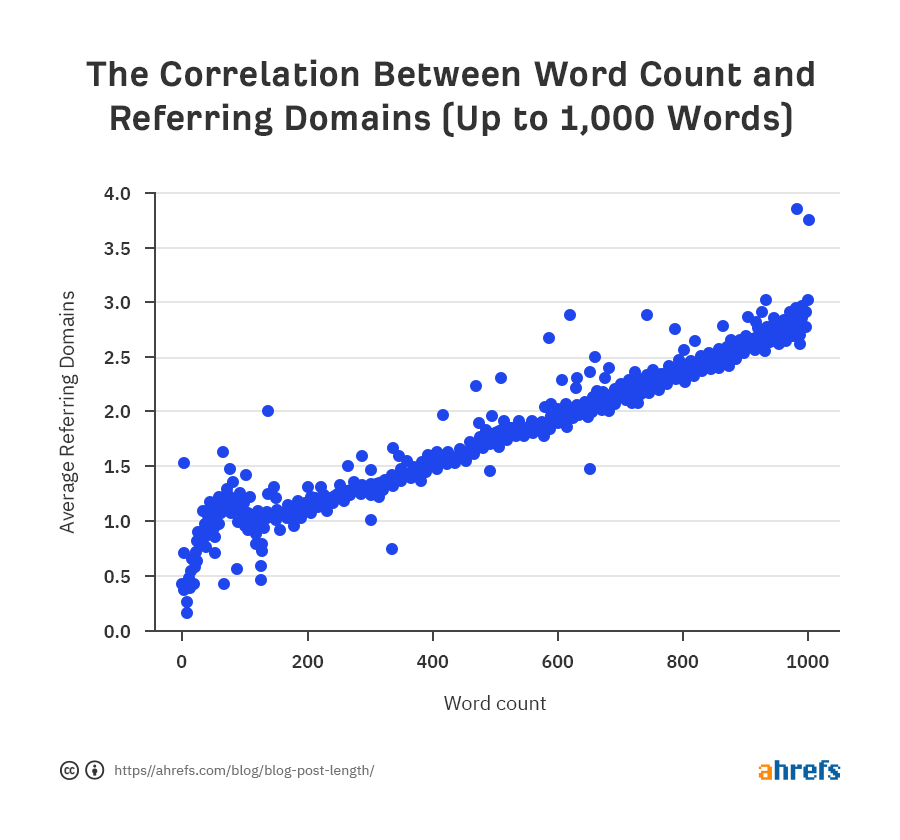

“What is a compound word?” you ask … let me show you what I mean. The most recent for me, though, has been a host of compounds.

That’s why Copyblogger has historically put a heavy emphasis on avoiding incorrect spelling and usage, such as these 11 common grammar mistakes.Īnd when you’ve been doing this as long as we have, you’re going to discover even more common errors.
#DOUBLE WORD VS WORD FULL#
Orion Lawlor, UAF Computer Science Department.Here’s the thing about the English language, in general, that’s not just specific to compound words: It’s full of pitfalls - simple errors that can alienate readers, turn off subscribers, and annoy buyers. idiv/div work similarly.ĬS 301 Lecture Note, 2014, Dr. SignedĪssembly, sign extend or zero extend to change register sizes.Īssembly, “overflow” is calculated for signed values, “carry” for unsigned values.Īssembly, “jump greater” is signed, “jump above” is unsigned.Īssembly, “jump less” signed, “jump below” unsigned.Īssembly, “imul” is signed (and more modern), “mul” is for unsigned (and ancient and horrible!). However, when you change register sizes using an instruction like "movsxd rax,eax", when you check for overflow, when you compare numbers, multiply or divide, or shift bits, you need to know if the number is signed (has a sign bit) or unsigned (no sign bit, no negative numbers). Register names are identical in assembly for signed and unsigned. Subtraction is also identical for signed and unsigned. The reason binary 11111111 represents -1 is the same reason you might choose 9999 to represent -1 on a 4-digit odometer: if you add one, you wrap around and hit zero.Ī very cool thing about two's complement is addition is the same operation whether the numbers are signed or unsigned-we just interpret the result differently. This means to represent -1, for example, you set not only the high bit, but all the other bits as well: in unsigned, this is the largest possible value.

This negative high bit is called the "sign bit", and it has a negative value in two's complement signed numbers. Wait, the last bit's value is -128? Yes, it really is! Value=value+value /* moves over by one bit (value=value<<1 would work too) */ If you watch closely right before overflow, you see something funny happen: signed char value=1 /* value to test, starts at first (lowest) bit */ These were added in 64-bit mode, so the names are slightly different. Also used to pass function argument #2 in 64-bit mode (on Linux). Sometimes used to store the old value of the stack pointer, or the "base". Points to the top of the stack (details next week!) Preserved register: don't use it without saving it! Multiply instructions put the high bits of the result here. Some instructions use it as a counter (such as SAL or REP). Multiply instructions put the low bits of the result here too. Values are returned from functions in this register. " Preserved" registers serve some important purpose somewhere else, so as we'll talk about next week you have to put them back ("save" the register) if you use them-for now, just leave them alone! Notes "Scratch" registers you're allowed to overwrite and use for anything you want. They're original back to 1972.Ĭuriously, you can write a 64-bit value into rax, then read off the low 32 bits from eax, or the low 16 bitx from ax, or the low 8 bits from al-it's just one register, but they keep on extending it! rax: 64-bitįor example, mov rcx,0xf00d00d2beefc03 load 64-bit constant al is the low 8 bits (like ax&0xff), ah is the high 8 bits (like ax>8). al and ah are the 8-bit, "char" size parts of the register.ax is the 16-bit, "short" size register.
#DOUBLE WORD VS WORD 32 BIT#
I'm in the habit of using this register size, since they also work in 32 bit mode, although I should probably use the longer rax registers for everything. eax is the 32-bit, "int" size register.

I've marked the added-with-64-bit registers in red below.


 0 kommentar(er)
0 kommentar(er)
